Exploring Kathakali : Origin, History, Elements, and Costumes of India’s Major Traditional Classical Dance Form / Unveiling Kalyana Sougandhikam : A Mesmerizing Kathakali Play by Kalakshetra Foundation Depicting Bhima’s Quest for the Rare Fragrance Flower for His Wife Draupadi (Updated)
– captivating blend of elements that showcase the essence of kathakali classicism
| CasualWalker’s Rating for Kalyana Sougandhikam – Kathakali by Kalakshetra Foundation : | |

9.9 – Great / Excellent
|
Kathakali, a classical dance form from Kerala, requires years of dedicated training. Its name combines “Katha,” meaning traditional story in Sanskrit, with “Kali,” derived from “Kala,” meaning art and performance. Kottarakkara Thampuran, the Raja of Kottarakkara, innovated a temple art form called ‘Ramanattam’ based on ‘Krishnanattam’, which is believed to be the precursor to Kathakali.
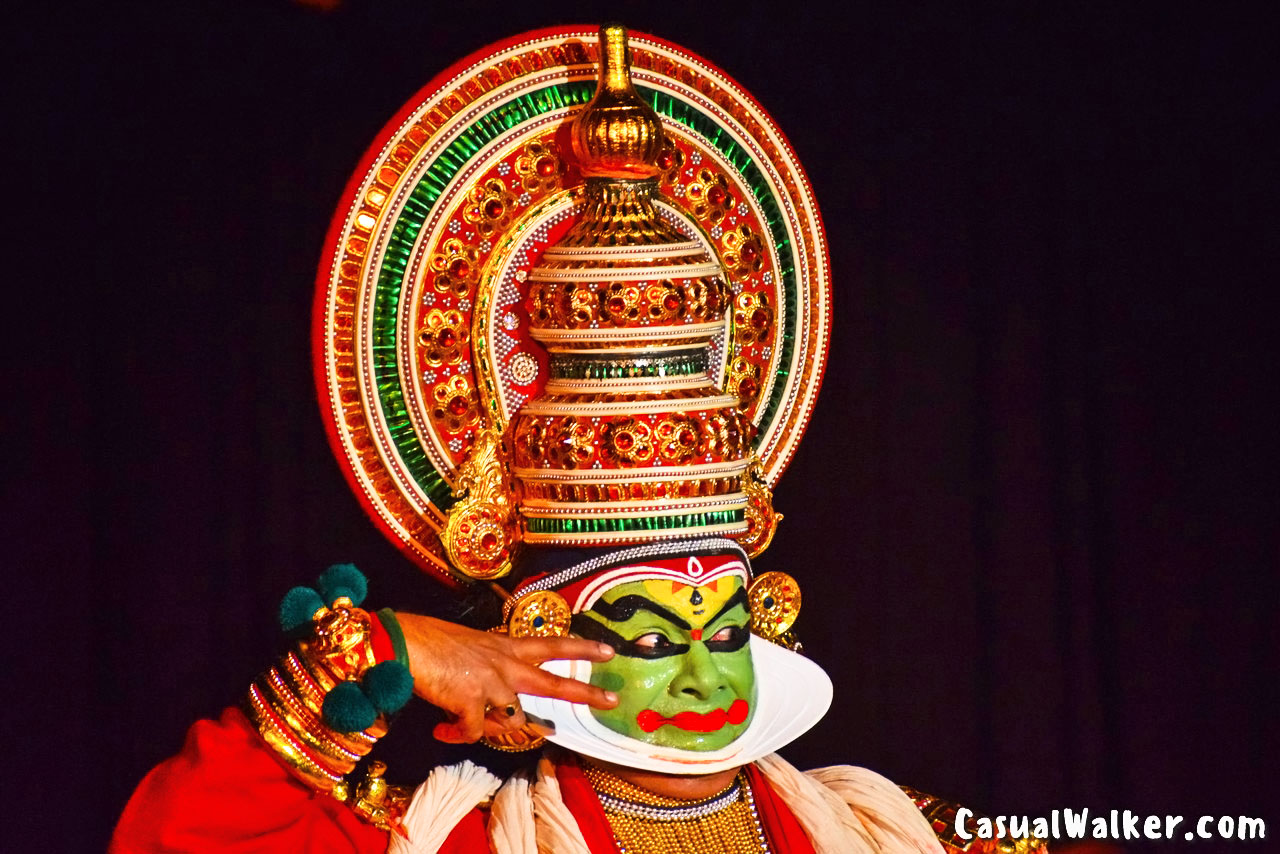
History of Kathakali
Kathakali involves angika, acharya, vichika, and satvika aspects of abhinaya, along with Nritya and Natya components.
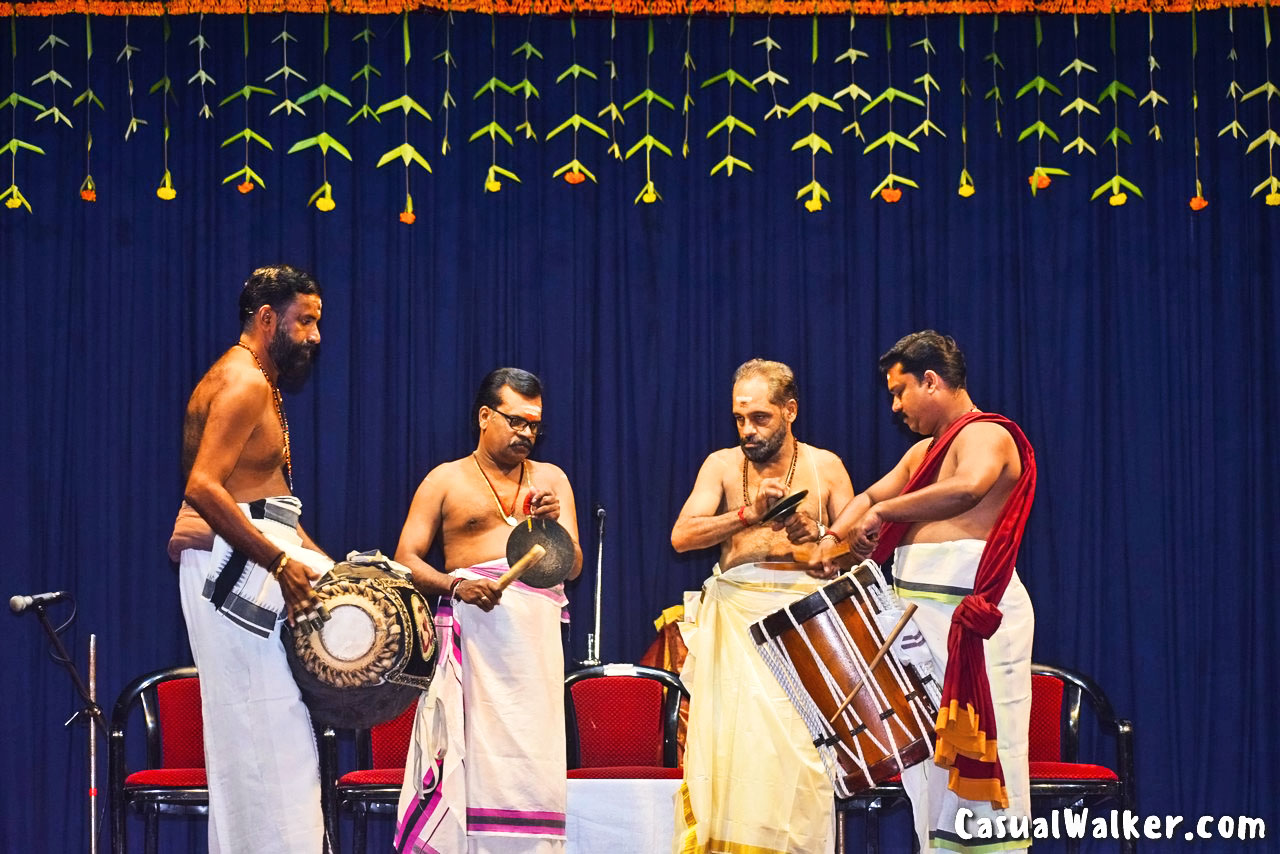

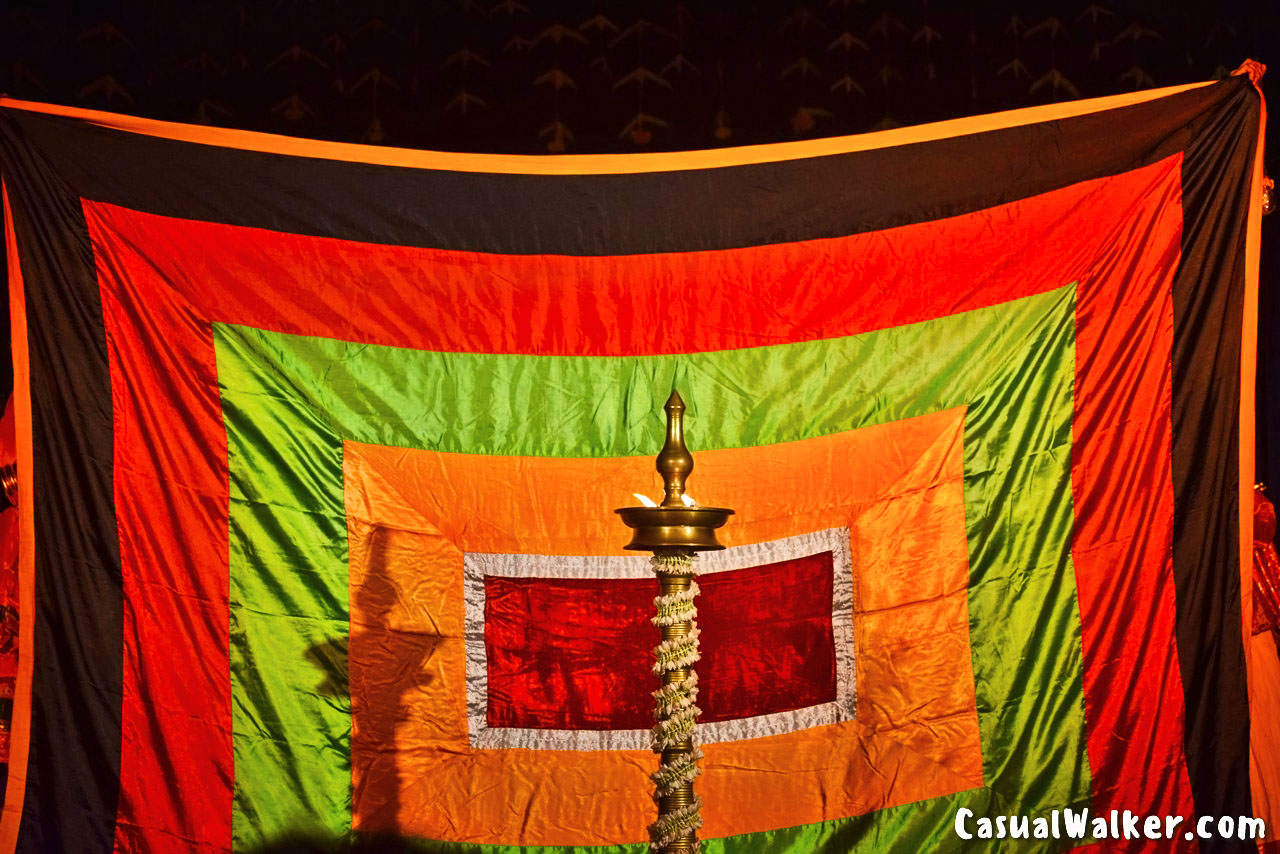
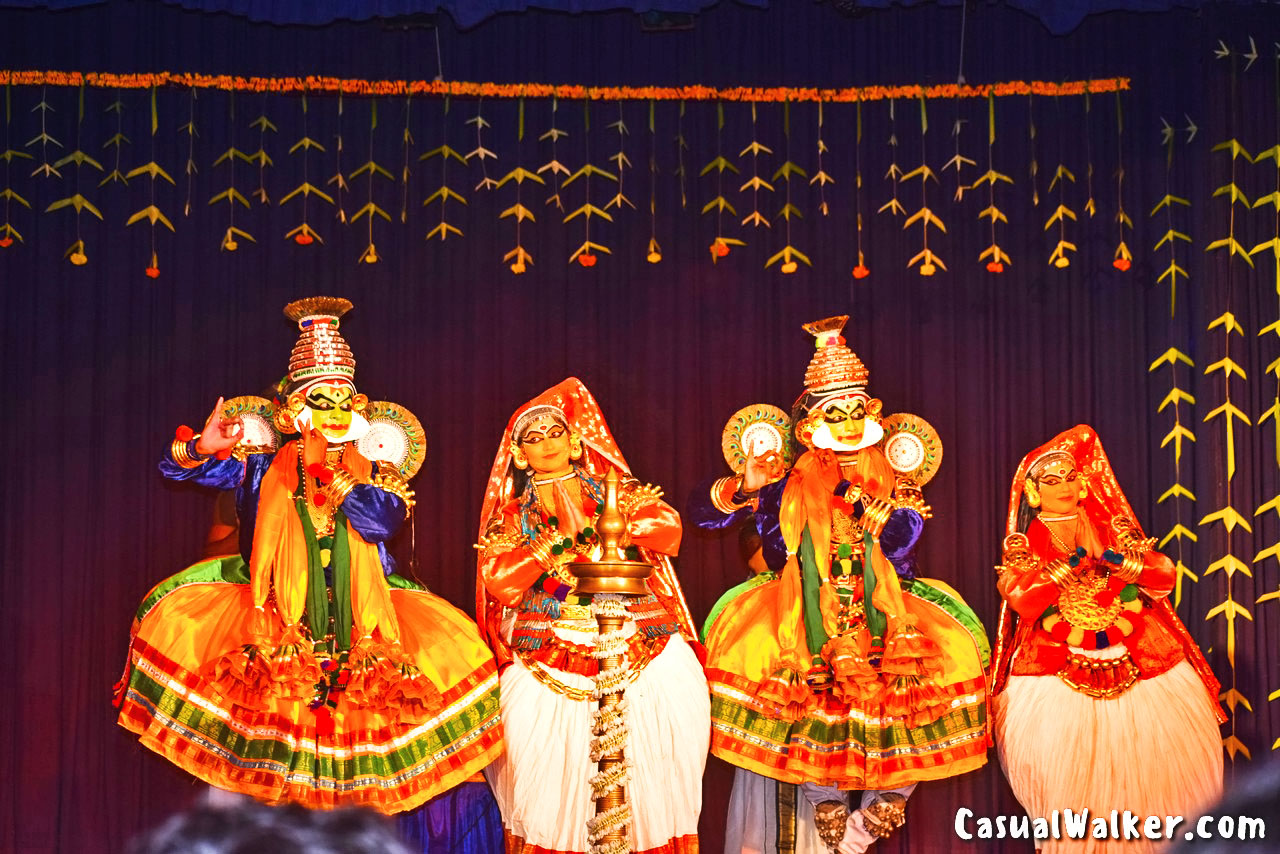
Kathakali Costumes
In Kathakali, elaborate makeup, costumes, face masks, and vividly painted faces are integral. The characters in Kathakali convey the story through background songs, as they don’t speak. This highlights the significance of Kathakali music, with its lyrical text known as Attakkatha sahithyam. Instruments like Chenda, Maddalam, Chengila, and Elaththalam accompany Kathakali performances.
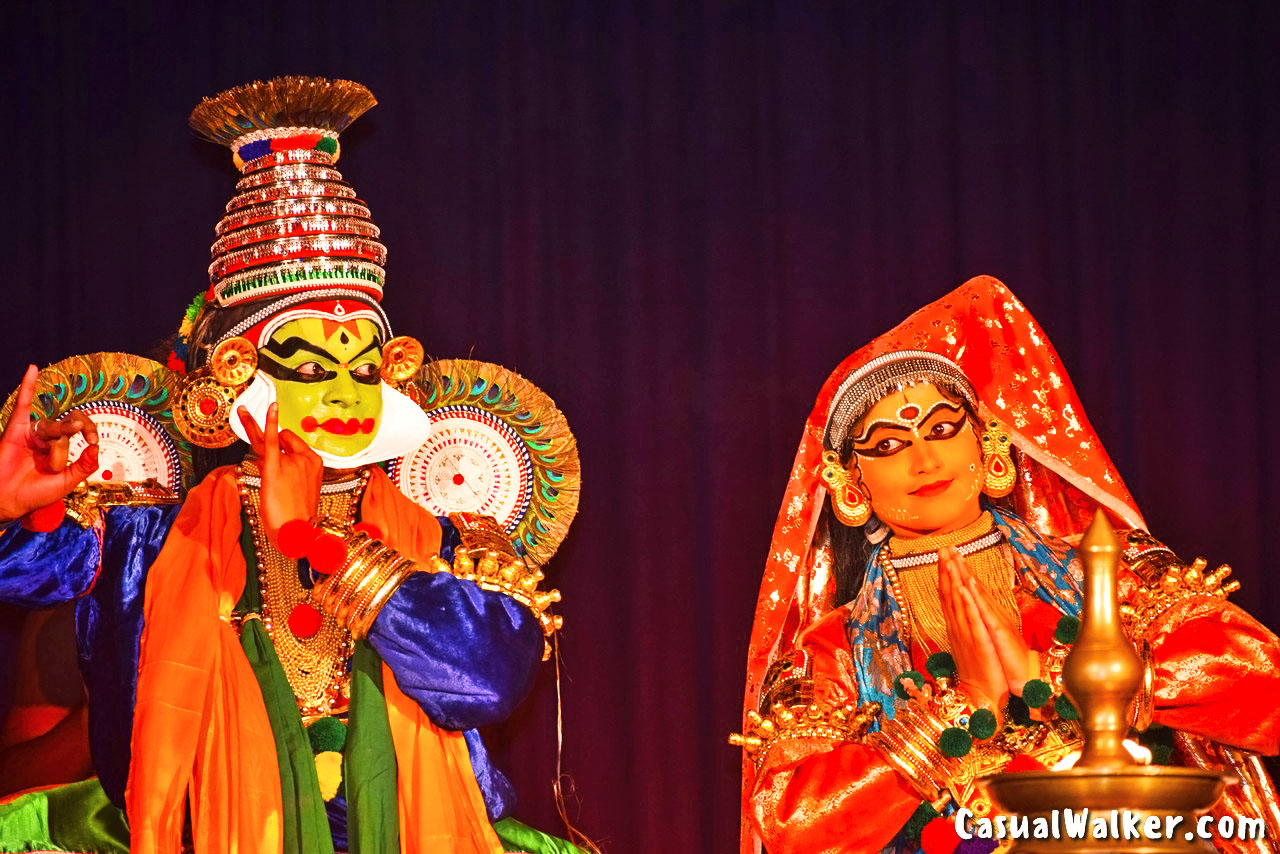
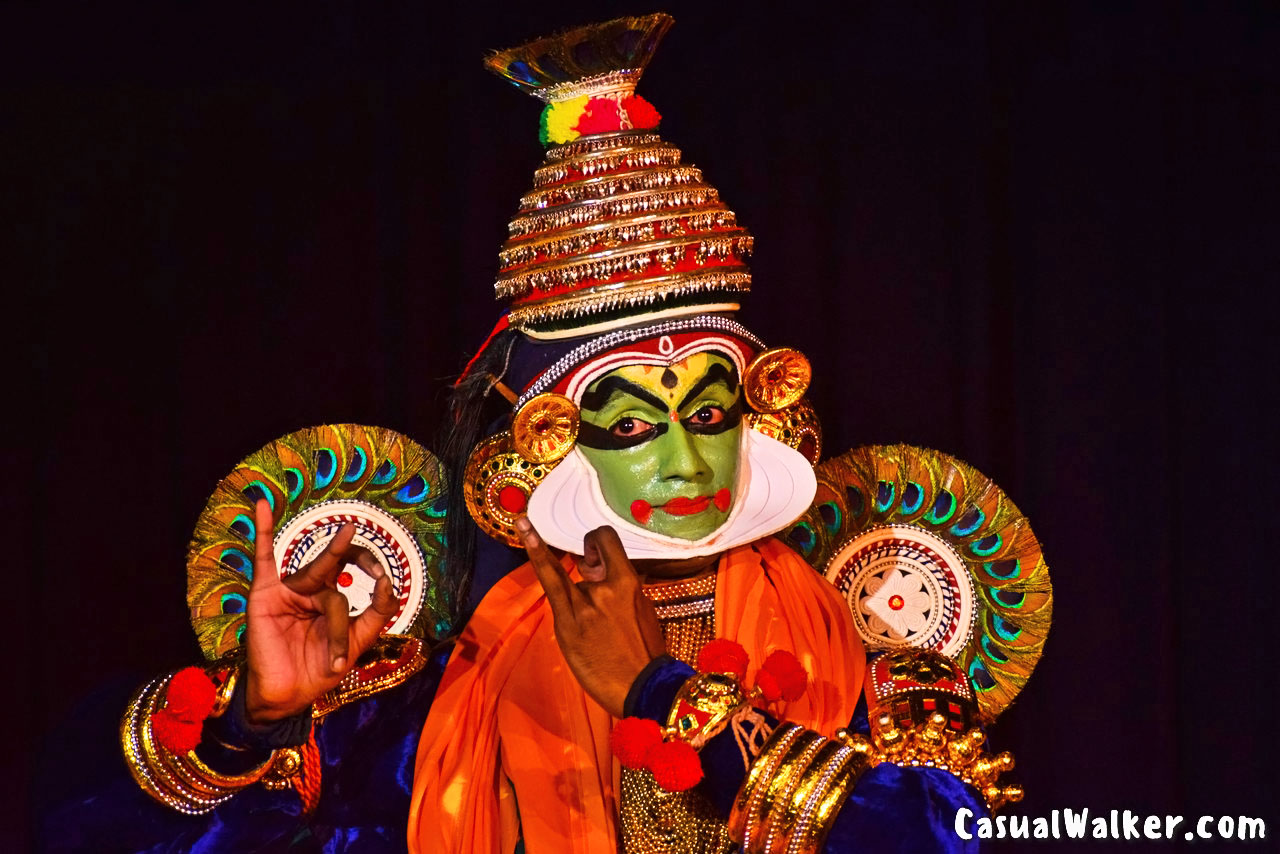
Kathakali Makeup
The costumes are elaborate, and faces are painted in vibrant colors. The Vesham, or makeup, comes in five types – Pacha, Kathi, Thadi, Kari, and Minukku. Kathakali’s grandeur owes much to its decor, including the kireetam (ornate headgear), kanchukam (oversized jackets), and long skirts worn over thick cushions. Artists fully immerse themselves and the audience in the stories they depict.
Pacha – Green
Pacha Vesham represents noble protagonists.
Kathi – Knife
Kathi Vesham depicts villainous characters.
Thadi – Beard
Thadi Vesham comes in three types: VellaThadi (Whitebeard) for superhuman monkeys like Hanuman, ChuvannaThadi (Red beard) for evil characters, and KaruthaThadi (Black beard) for hunters.

Kari – Black
Kari Vesham is used for she-demons.
Minukku – Prettying Up
Minukku Vesham is for female characters and sages.
Mudra
Mudra, a stylized sign language, expresses ideas, situations, or states of being in Kathakali. Actors convey meaning through mudras following a systematic sign language based on Hastalakshana Deepika, a treatise on hand gestures.
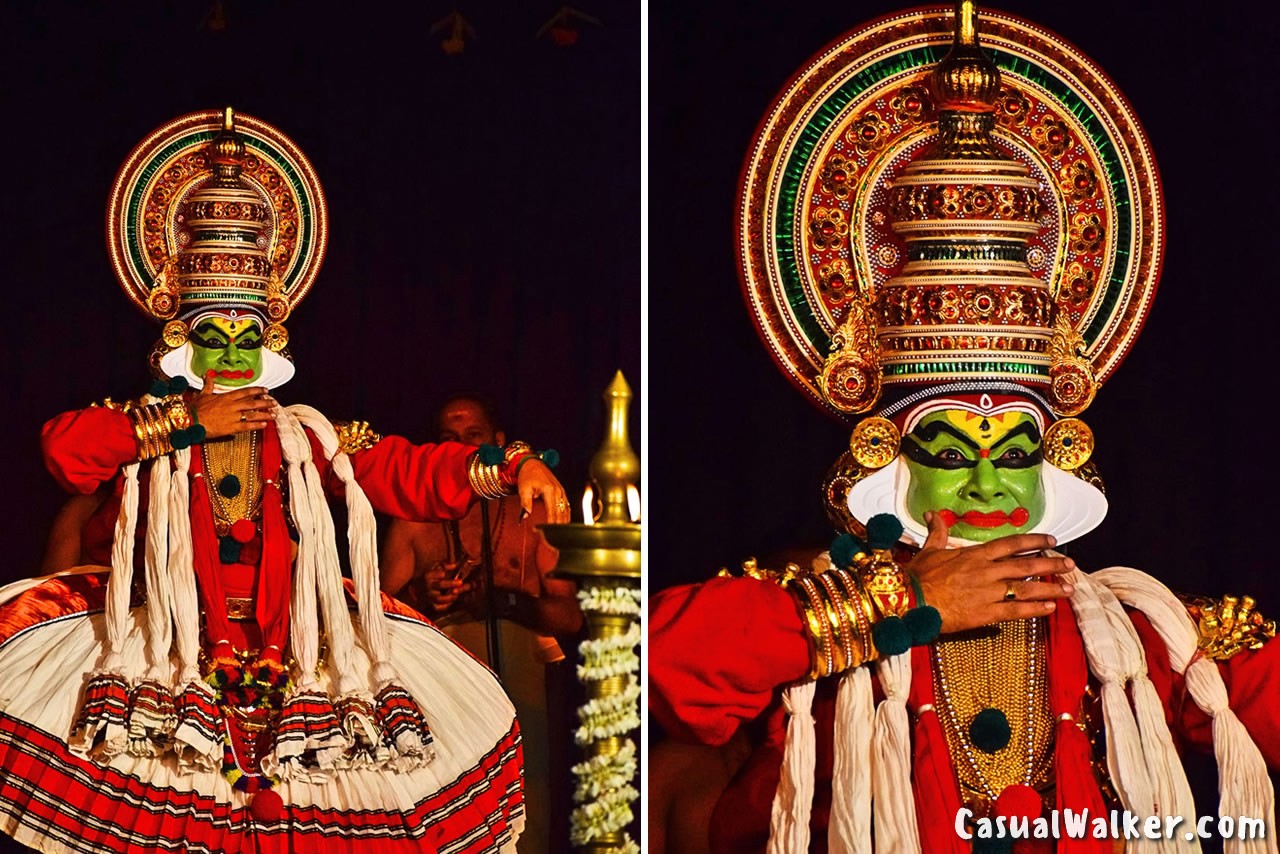

Kathakali Instruments and Music
During a Kathakali dance performance, you’ll hear a variety of instruments, including three types of drums: the ‘Idakka,’ ‘Chenda,’ and ‘Maddalam.’
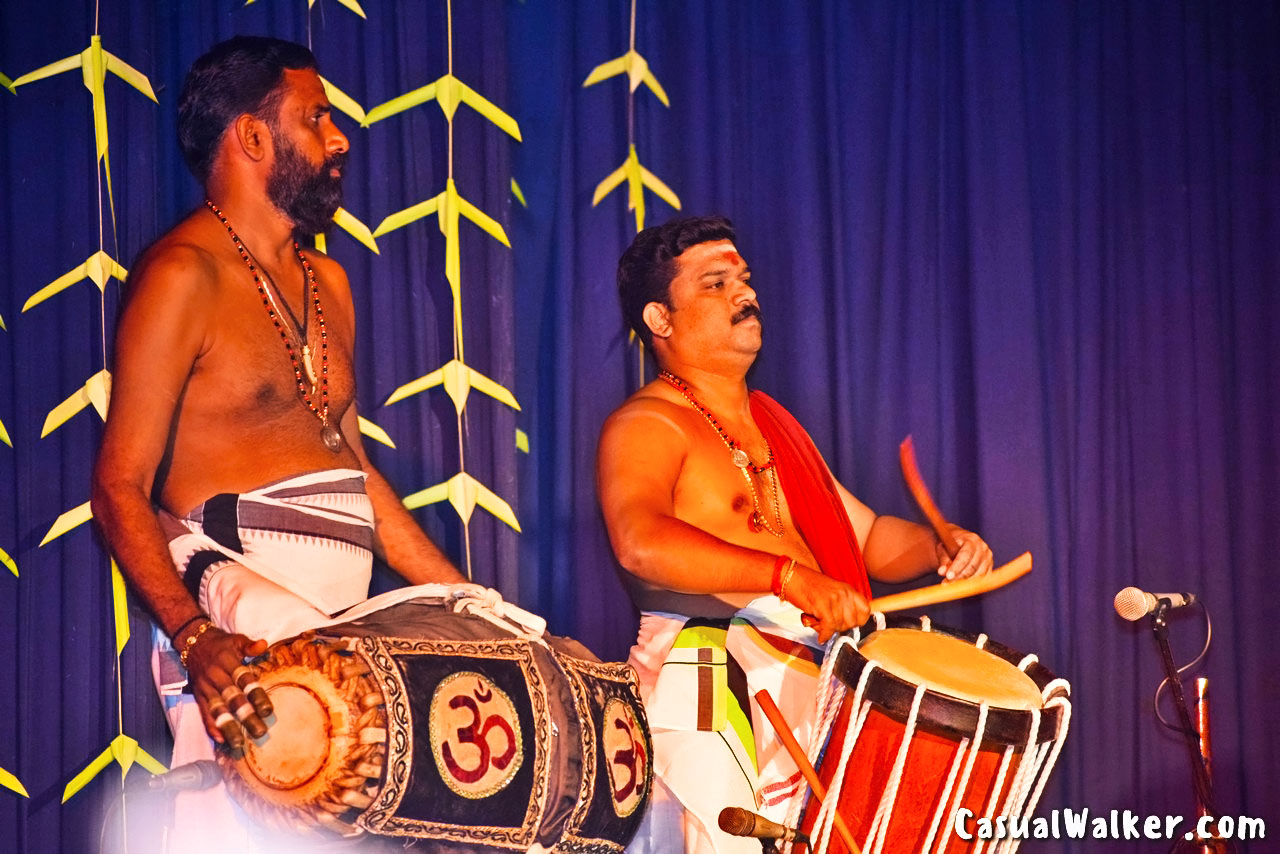
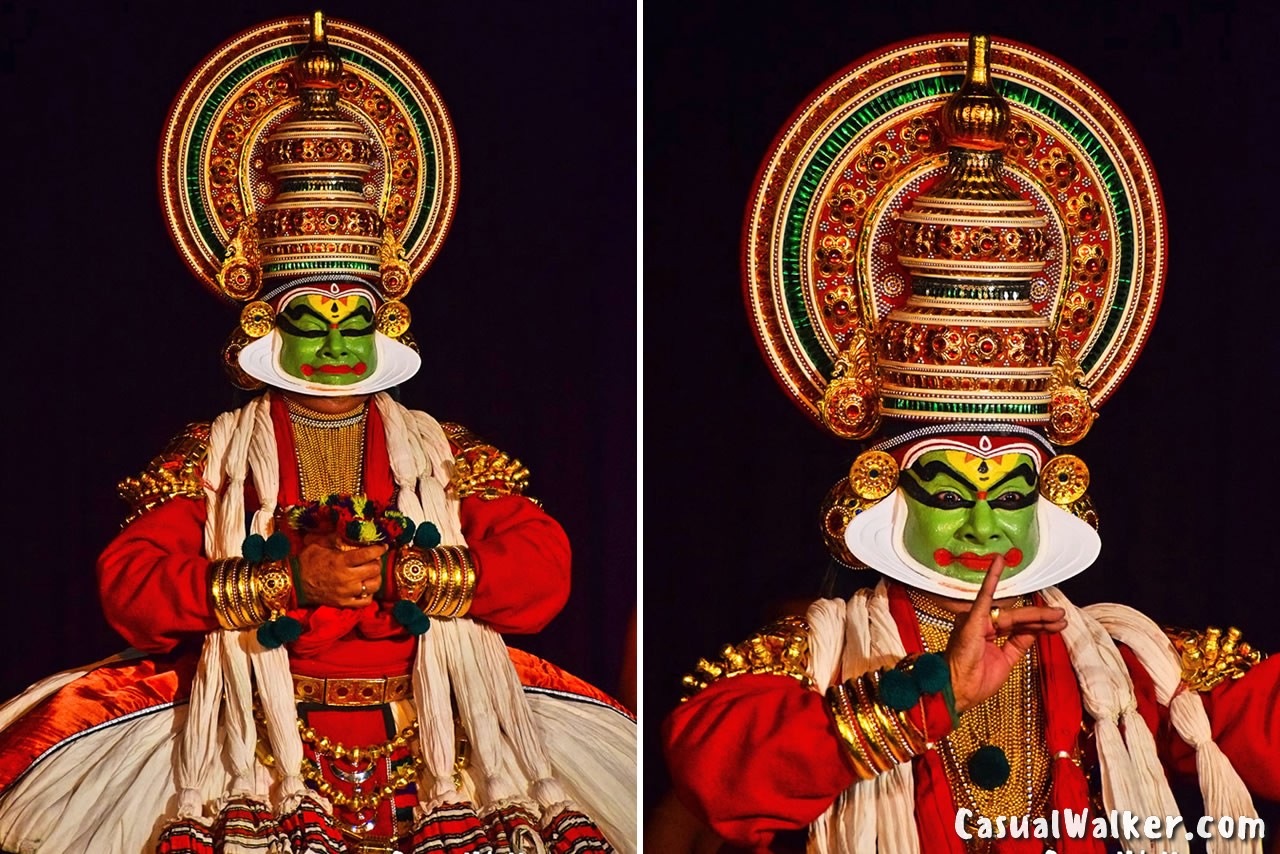
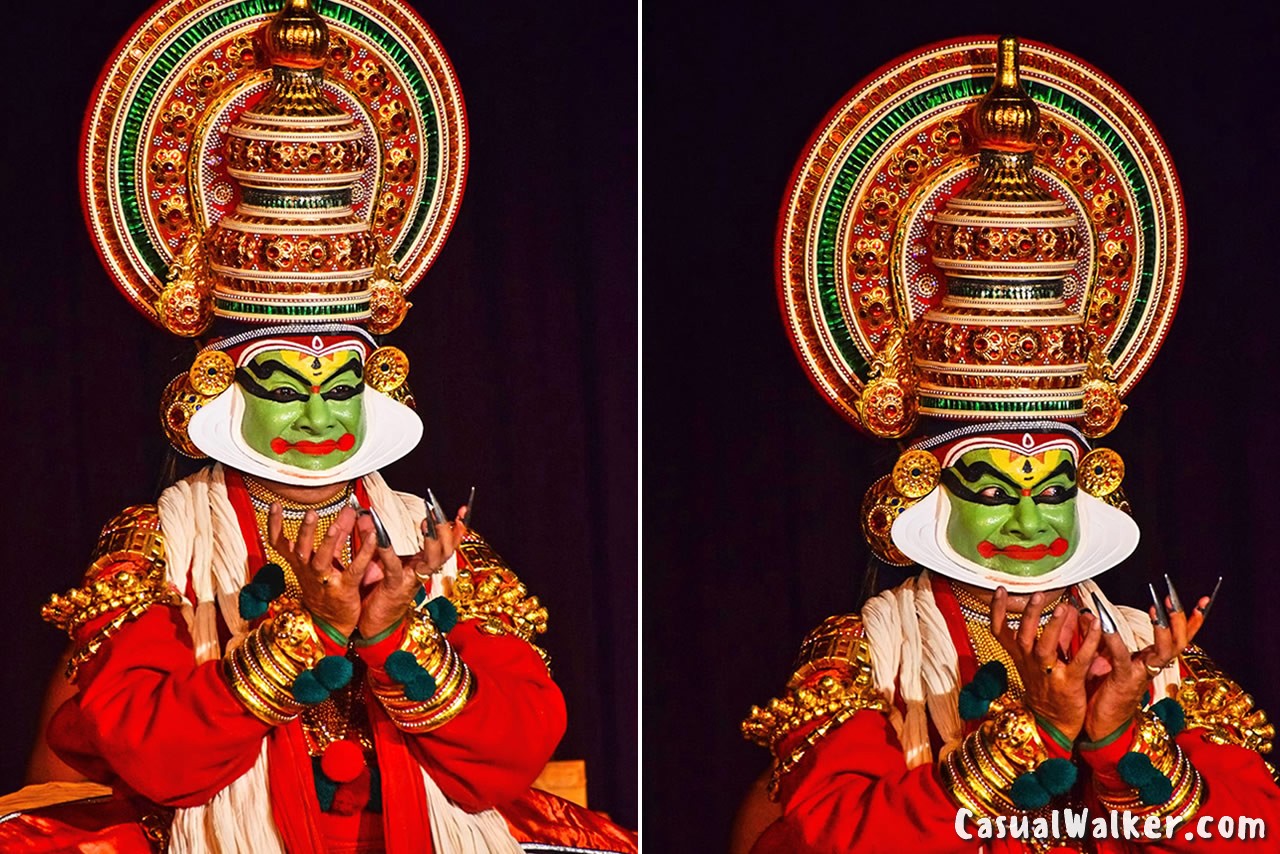
Kalyanasougandhikam by Kalakshetra Foundation
Kalyanasougandhikam is a renowned Kathakali play performed by the world-famous Kalakshetra Foundation, known for its captivating blend of elements that showcase the essence of Kathakali classicism.
The Kalyanasougandhikam – Kathakali performance by Kalakshetra Foundation students was a mesmerizing showcase of talent and dedication. The students exhibited exceptional skill in portraying the intricate characters and stories of this traditional art form. With precise movements, expressive facial gestures, and powerful emotions, they transported the audience into the vibrant world of Kathakali. The rich music and rhythmic drumming enhanced the atmosphere, adding depth to each scene. Overall, it was a captivating performance that left a lasting impression, showcasing the students’ mastery of this ancient dance drama.
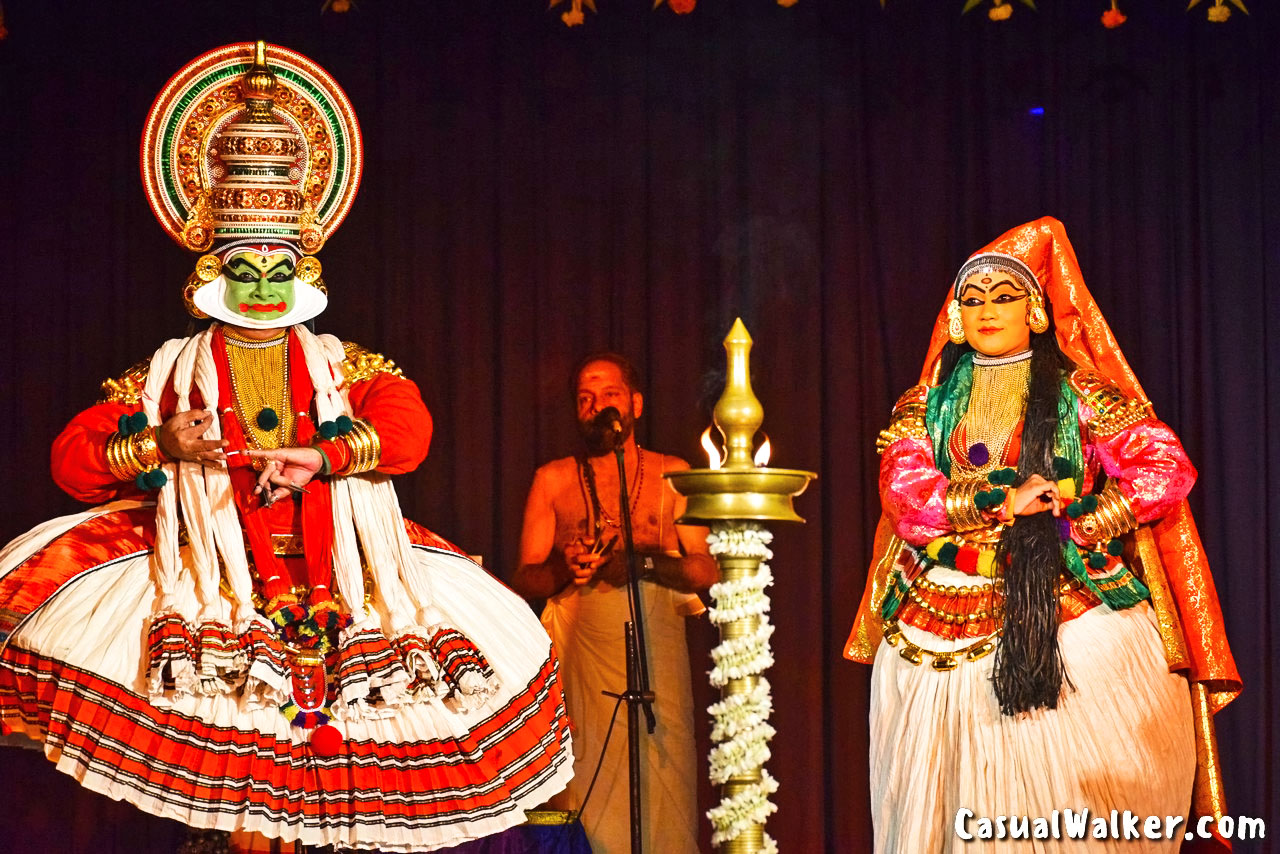

Penned by Kottayathu Thampuran in the eighteenth century, it draws from the Mahabharata, narrating an episode from the exile of the Pandava princes. Notably, it boasts rich Sanskrit-laden literature and features both slow and fast-paced dances, intricate plot twists, and vibrant background scores.
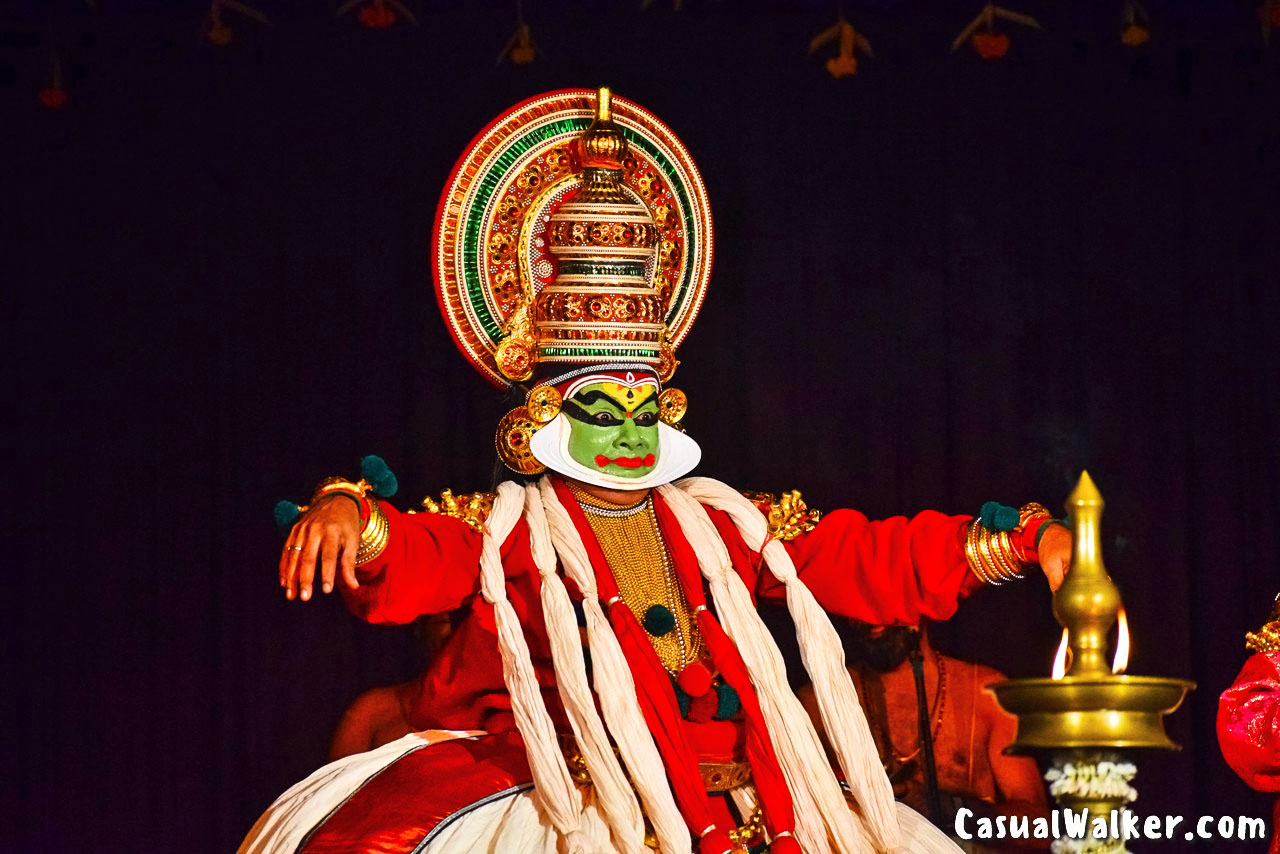
Kalyanasougandhikam Story – Bhima’s search for the rare extraordinary fragrance flower Kalyanasougandhikam for Draupadi
During their time in the forest, the Pandavas faced numerous challenges and adventures, one of which is the tale of Kalyana Saungandhika, a favorite among performers of the traditional art form, Kathakali.

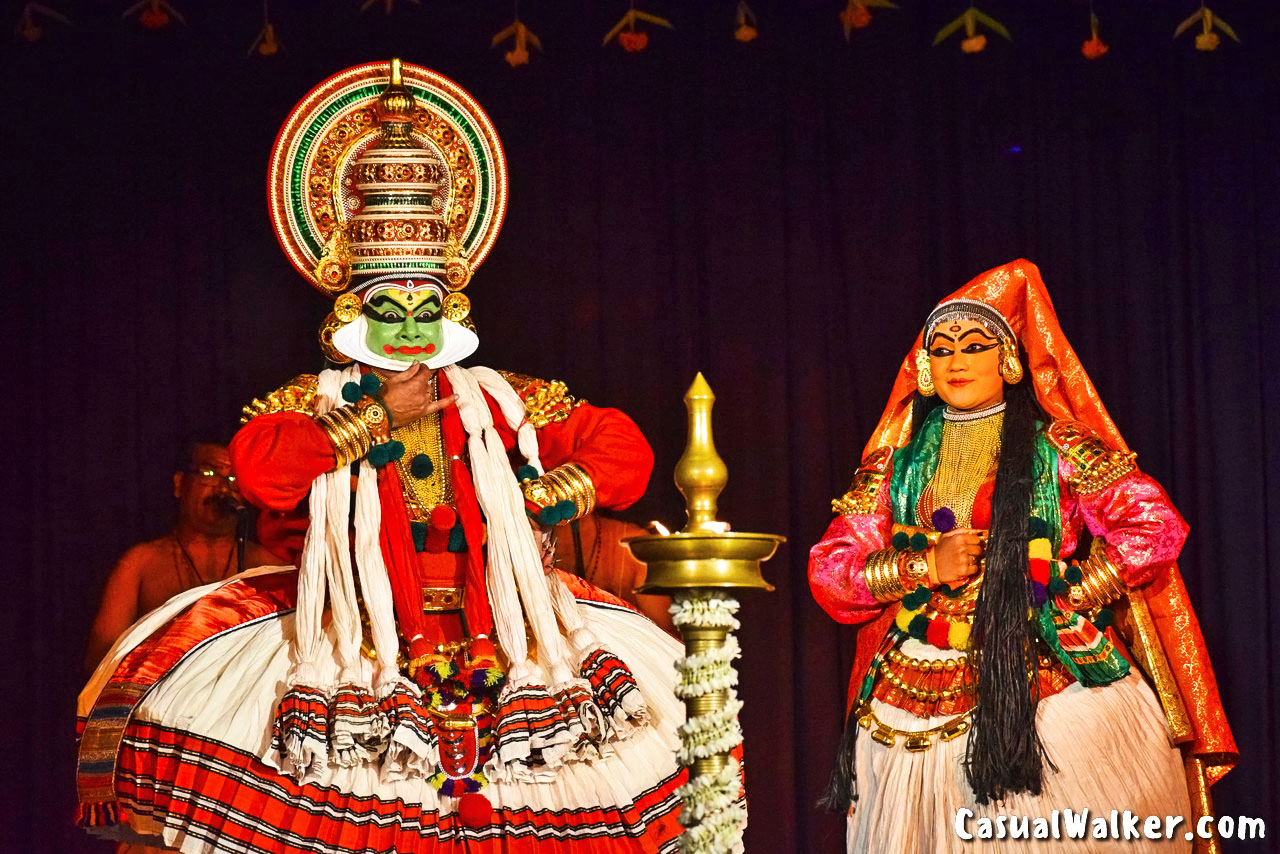
One day, while Bhima and Draupadi were wandering in the forest, they encountered a captivating scent. It led them to the elusive Kalyana Saungandhikam flower, which only grew in the deepest part of the woods. Enchanted by its fragrance, Draupadi insisted that Bhima fetch it for her, despite the perilous journey it entailed.

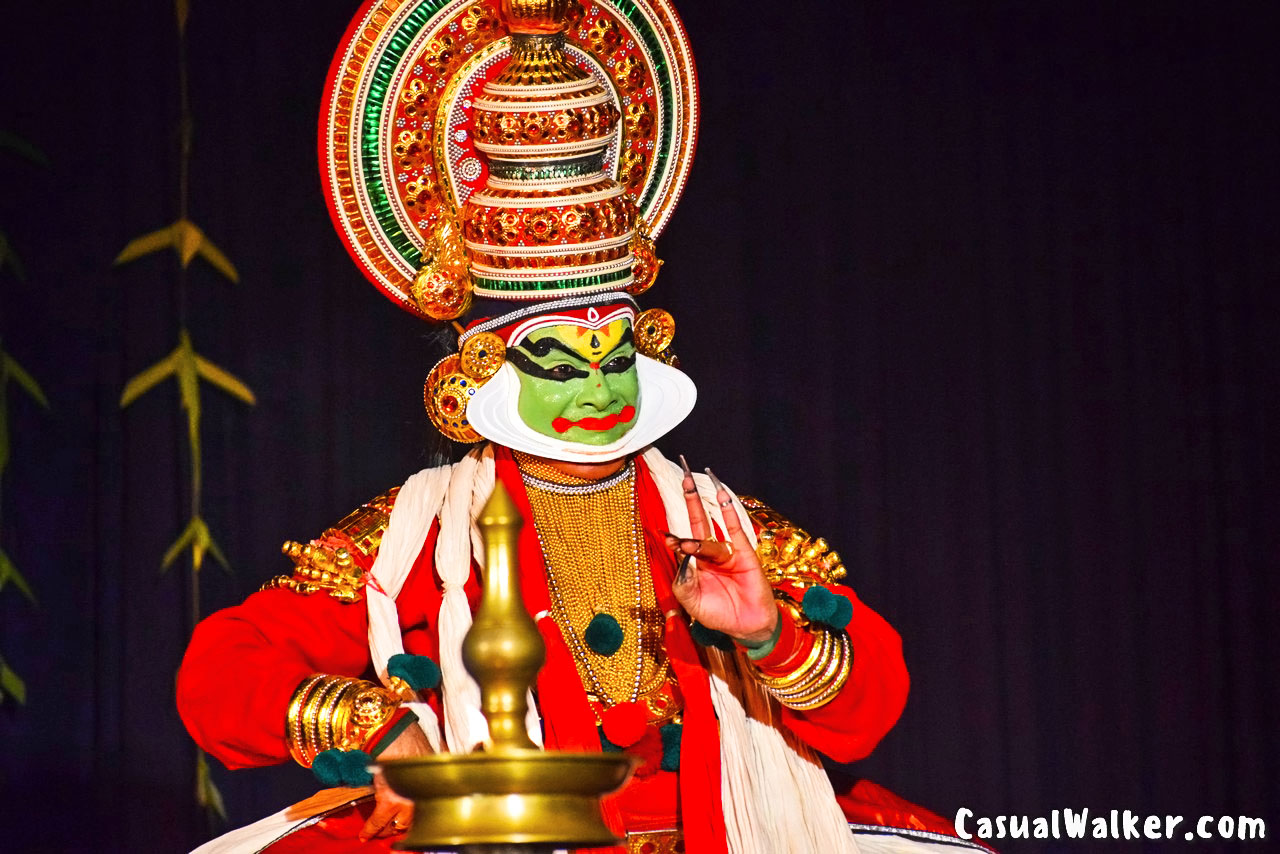
Bhima embarked on the daunting quest, facing numerous obstacles along the way. At one point, he encountered an old monkey blocking his path. Despite Bhima’s attempts to move him, the monkey remained unmoved, revealing himself to be none other than Lord Hanuman, the divine monkey. Lord Hanuman and Bhima are the sons of Lord Vayu and hence brothers.
Realizing the lesson behind the encounter, Bhima humbly accepted his brotherhood with Hanuman and with his blessings, retrieved the flower for Draupadi.
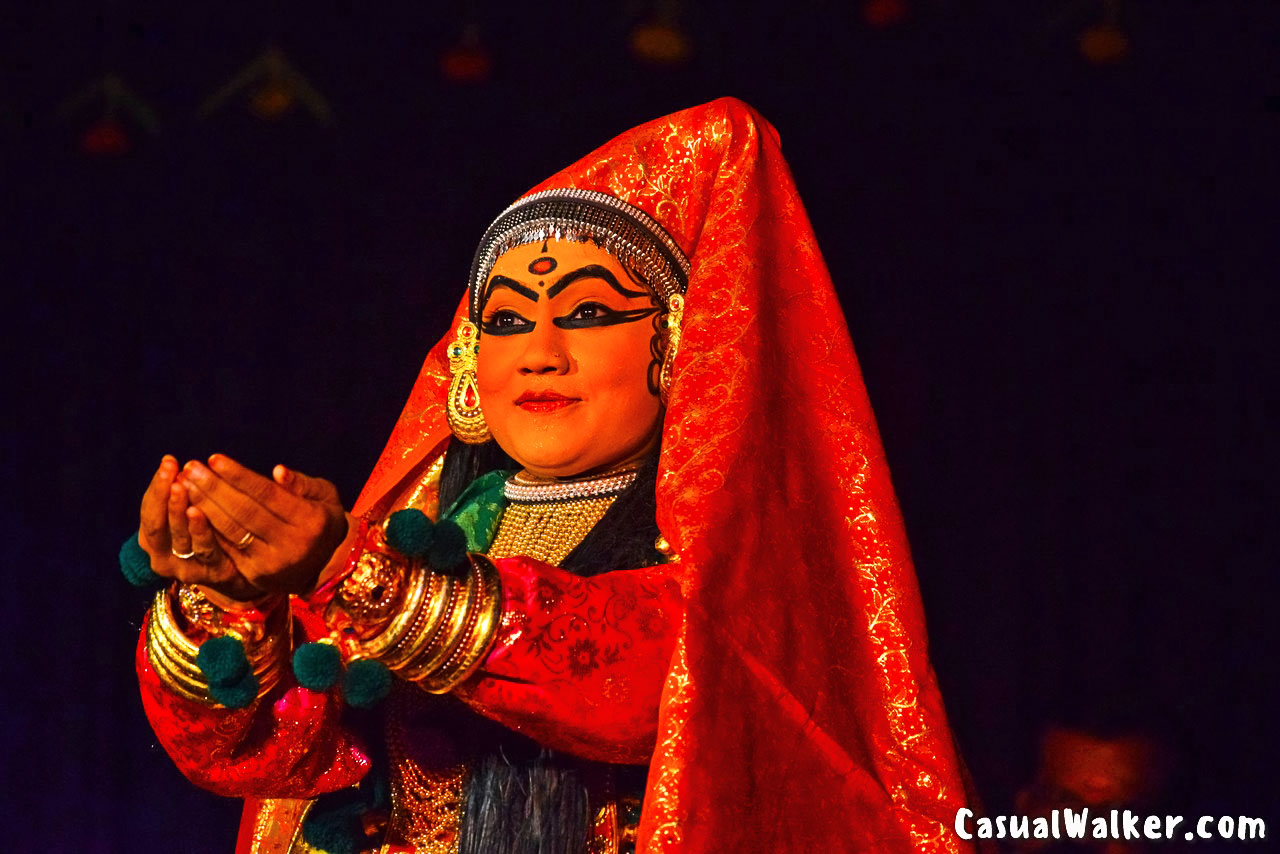


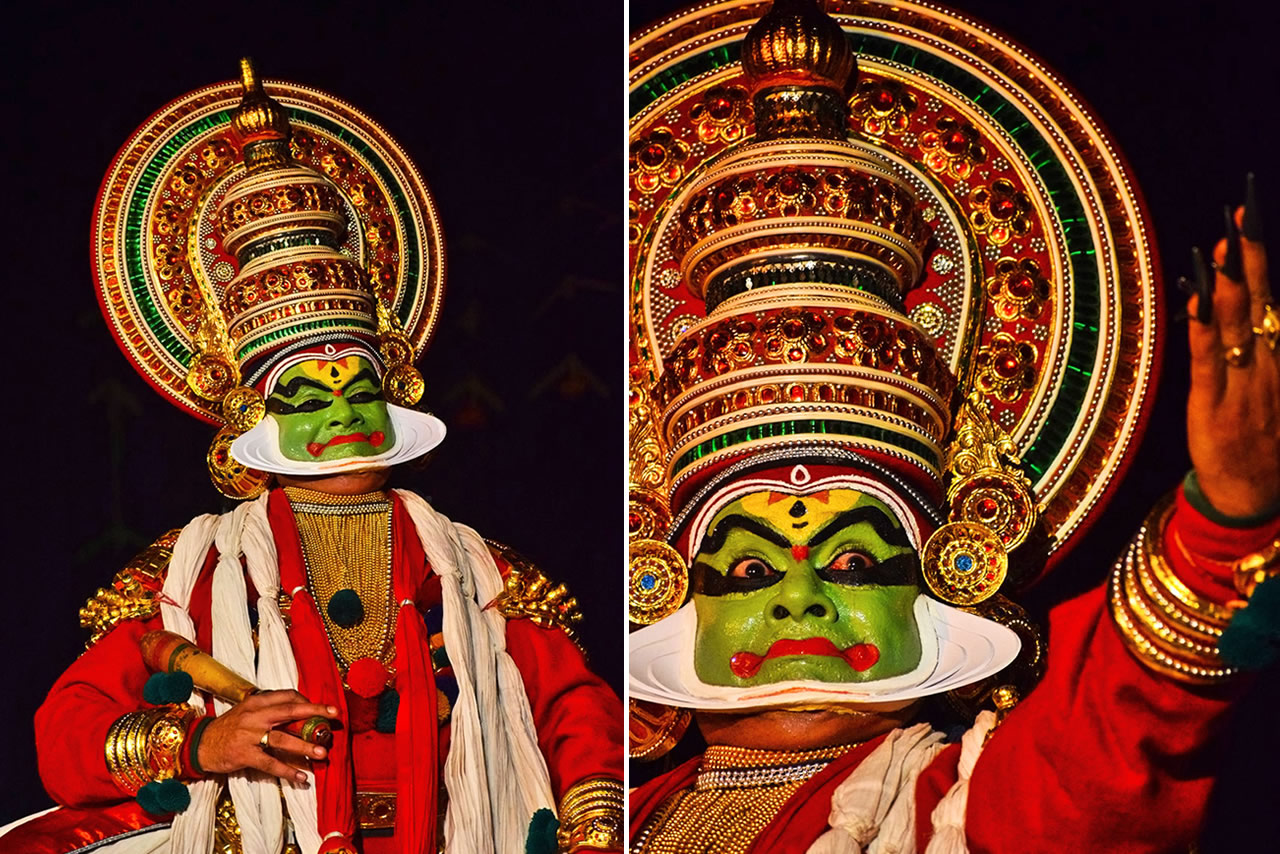
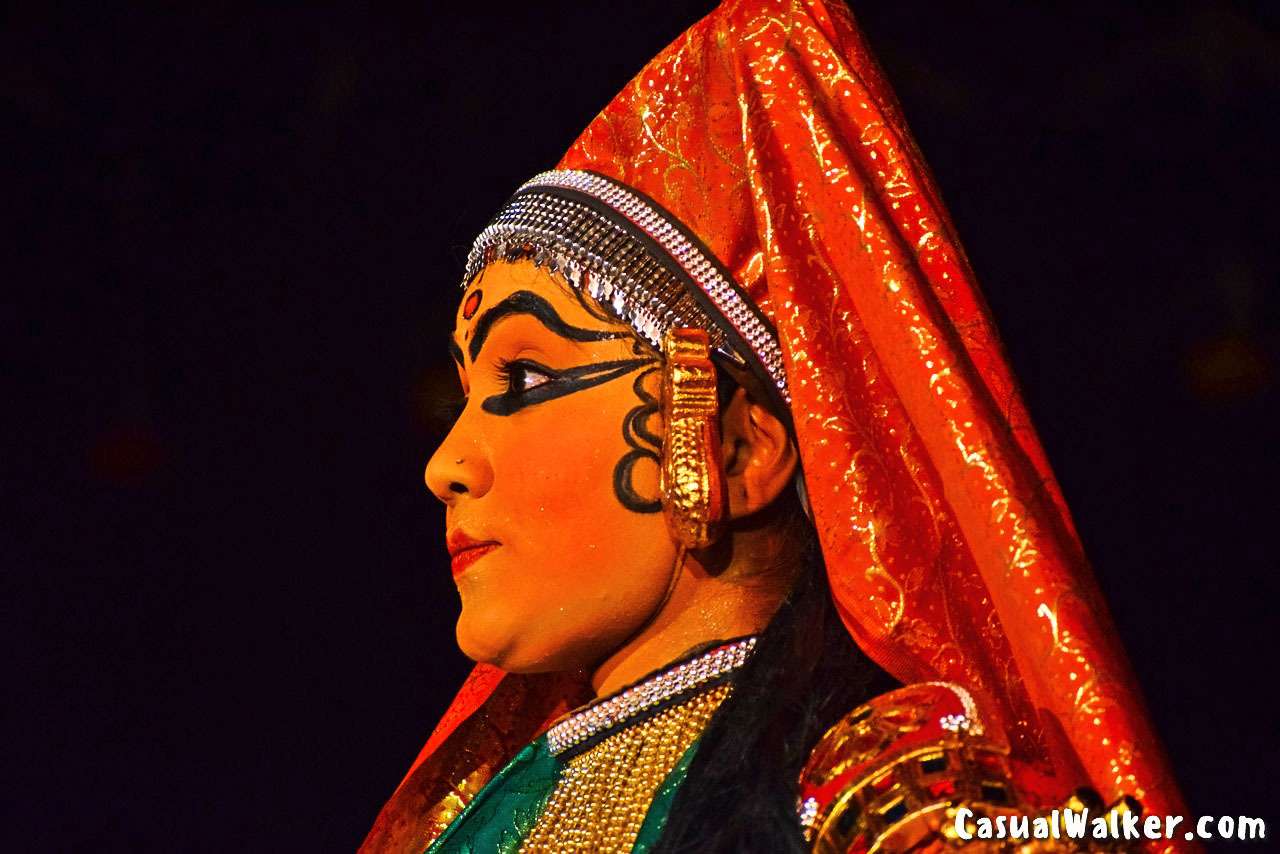
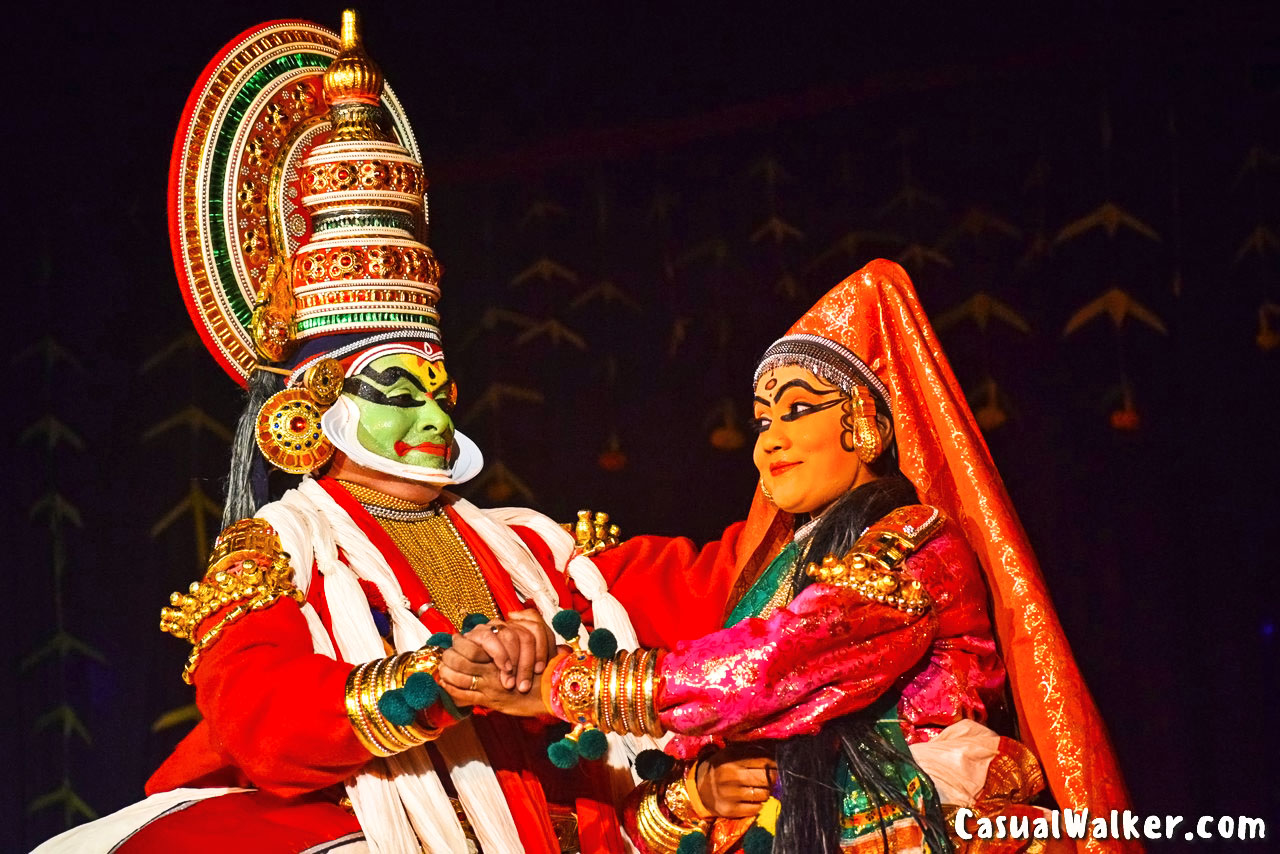
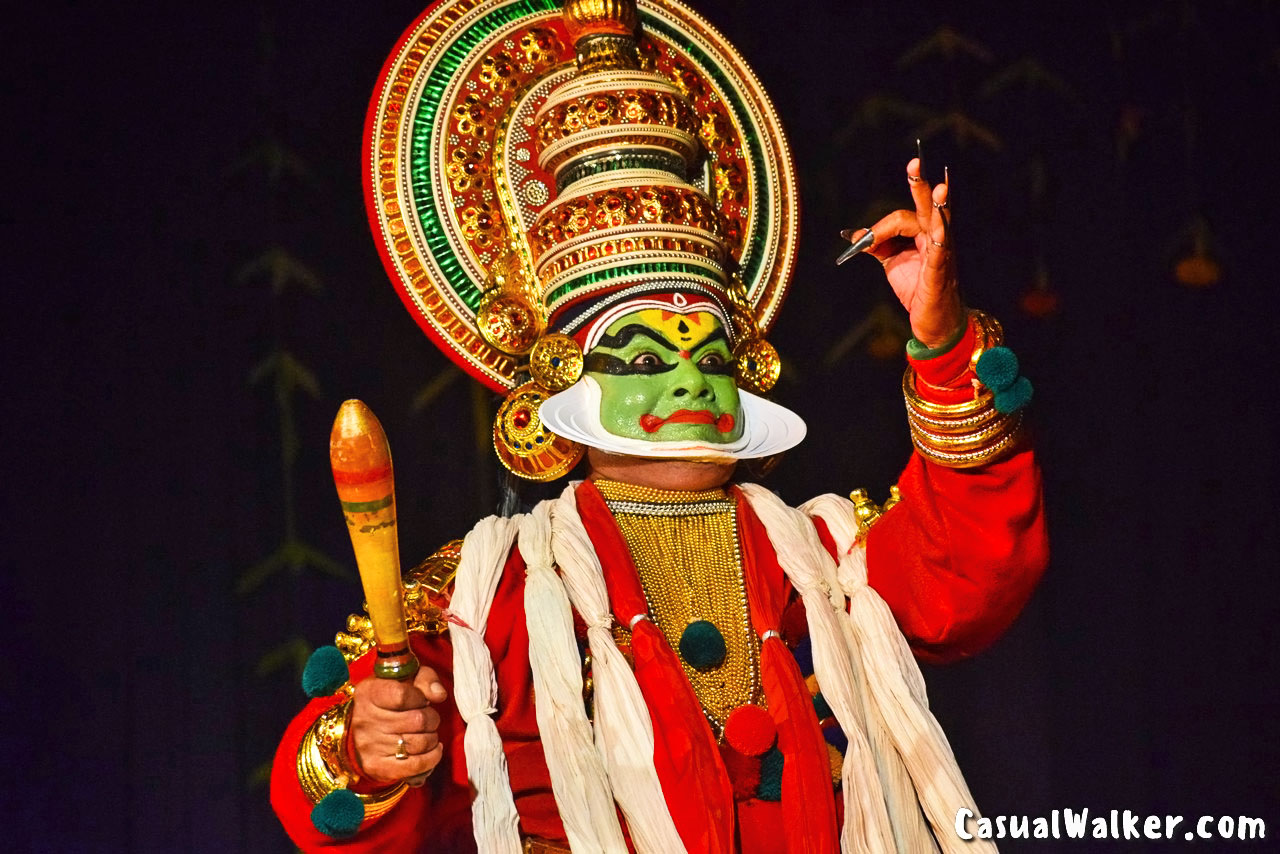

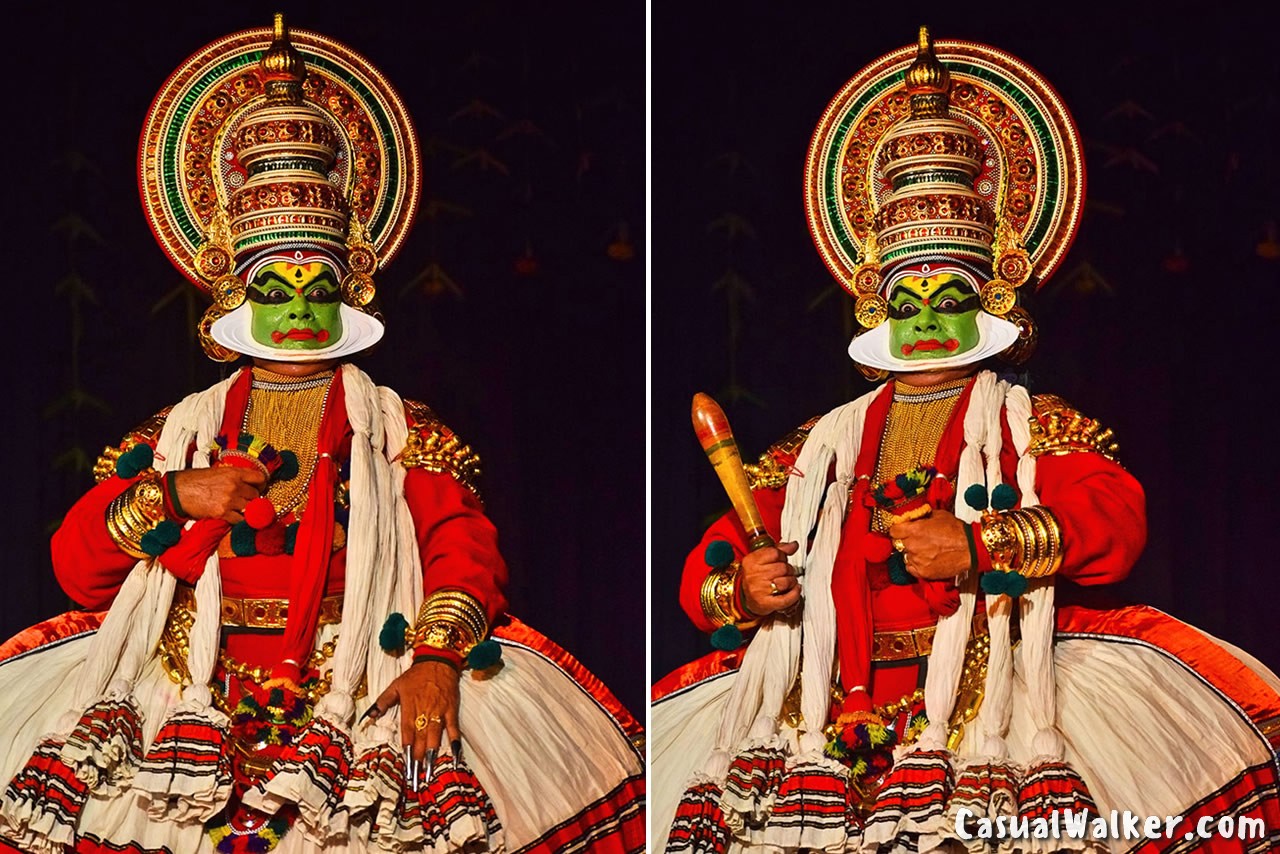
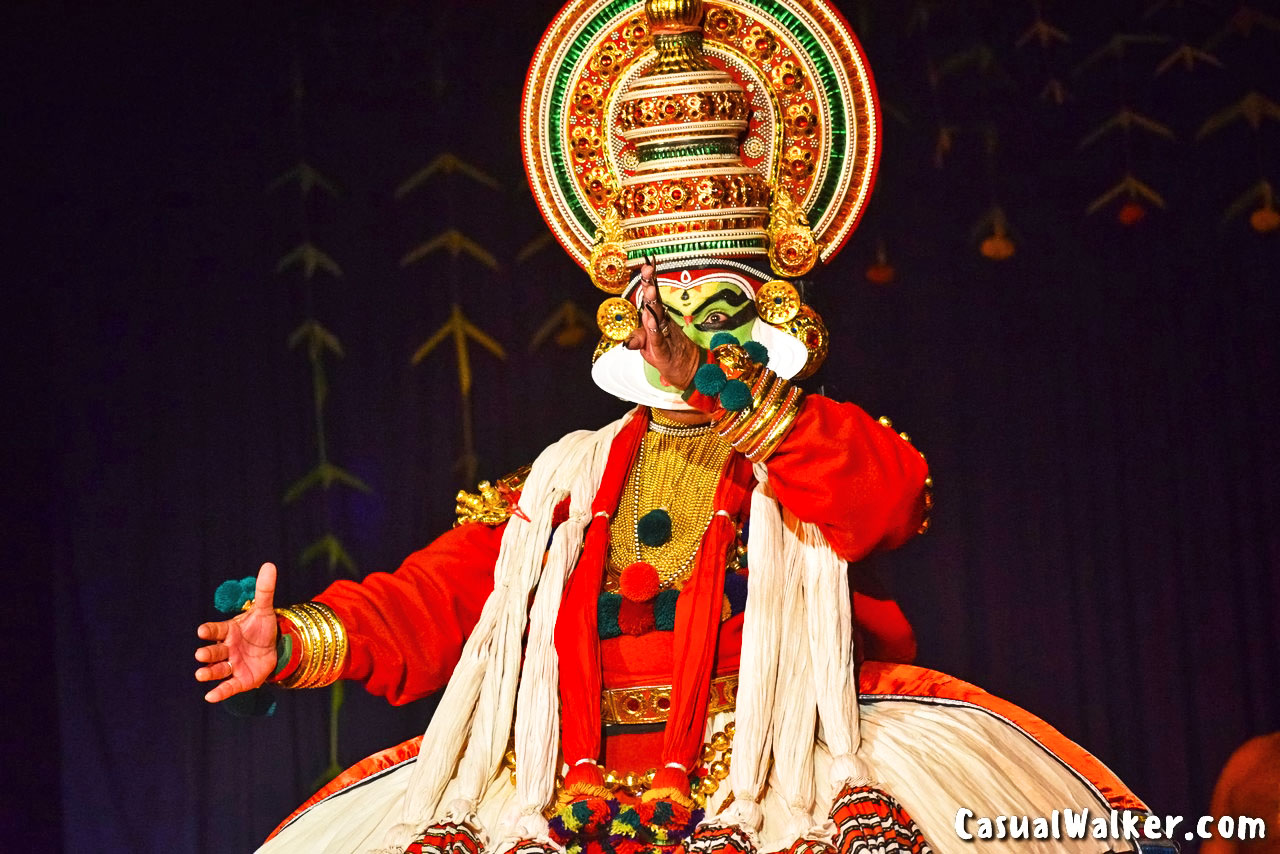
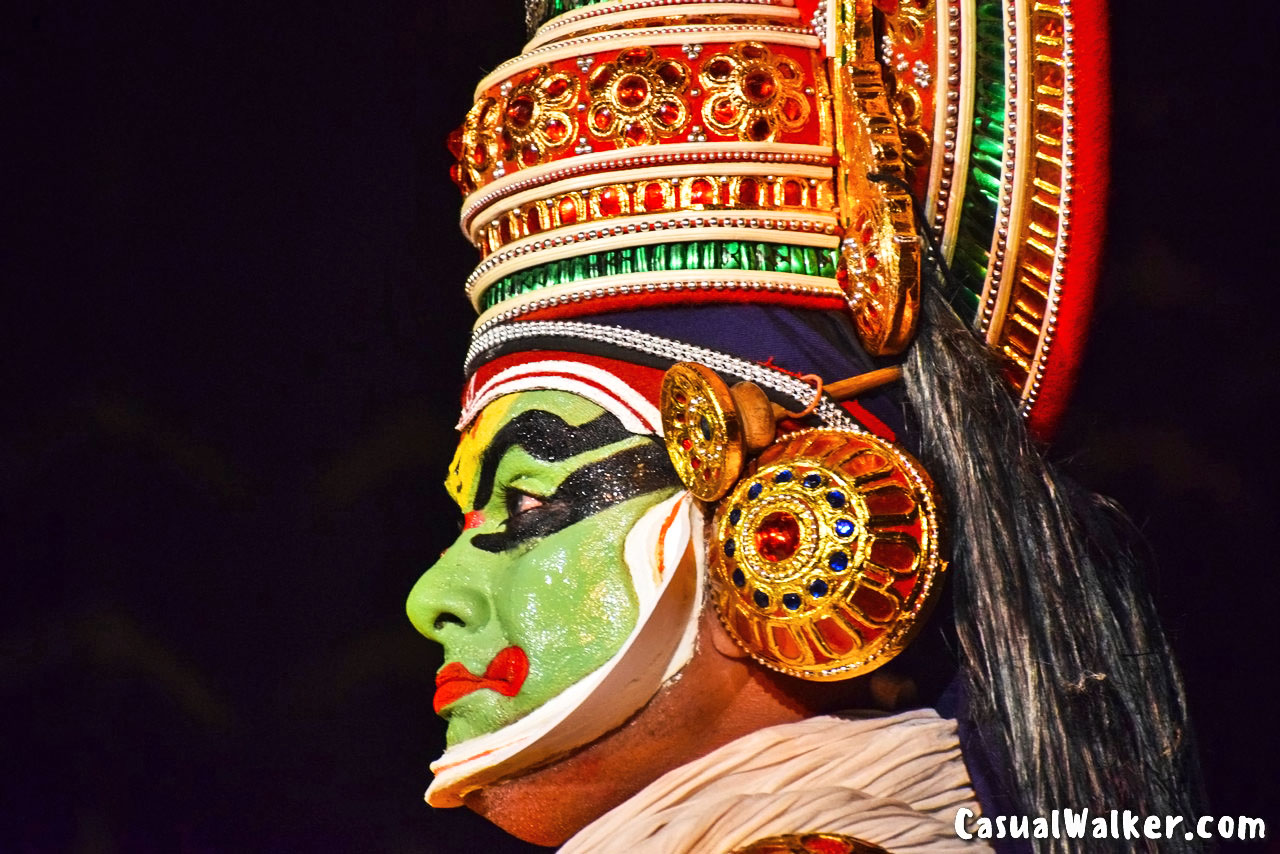

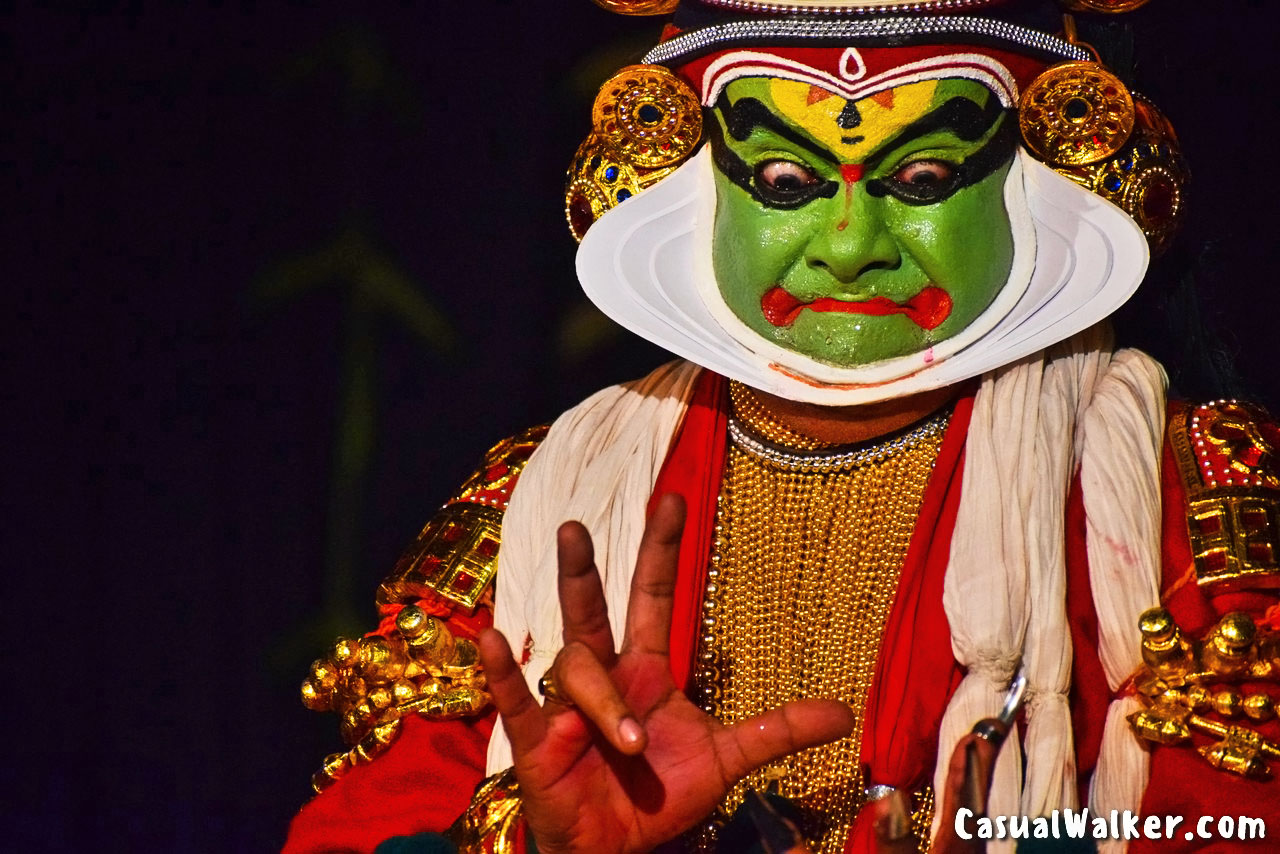
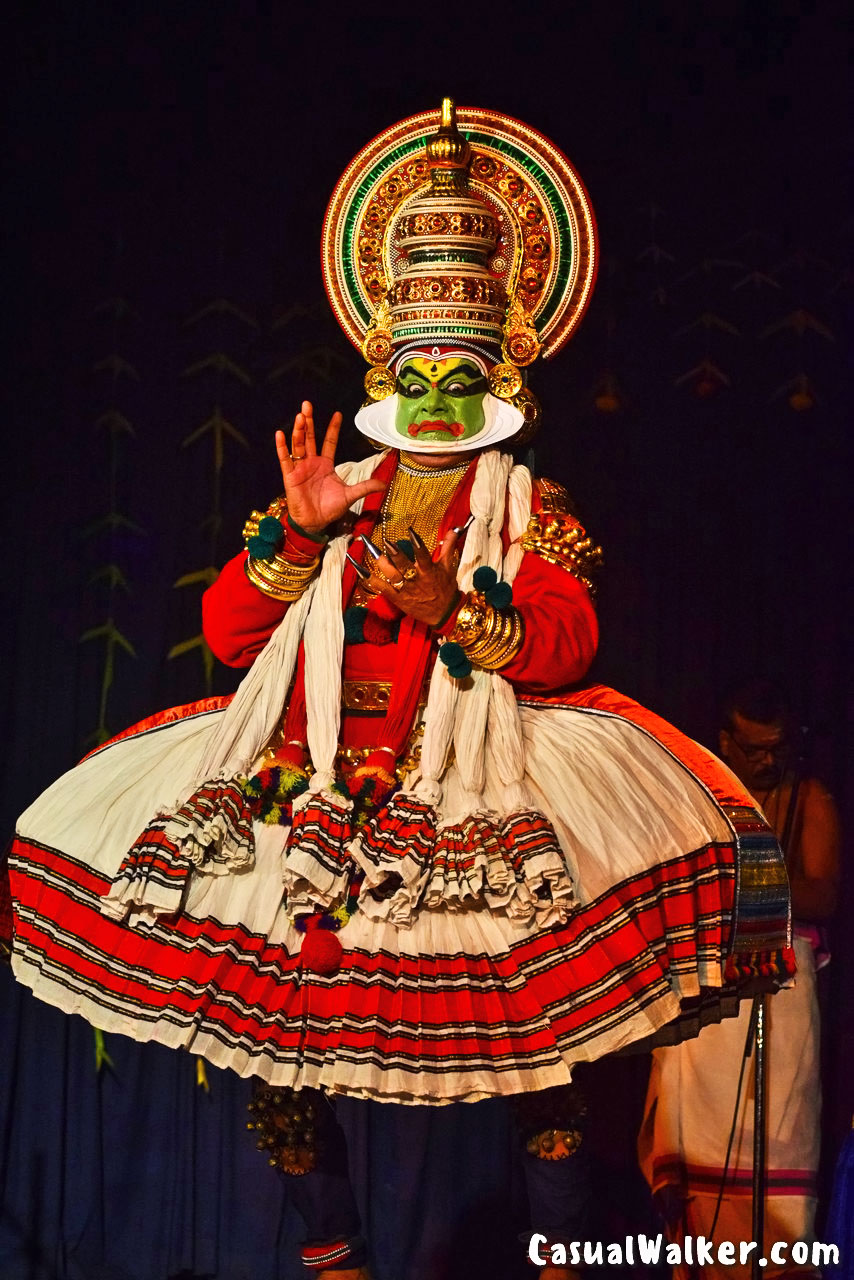
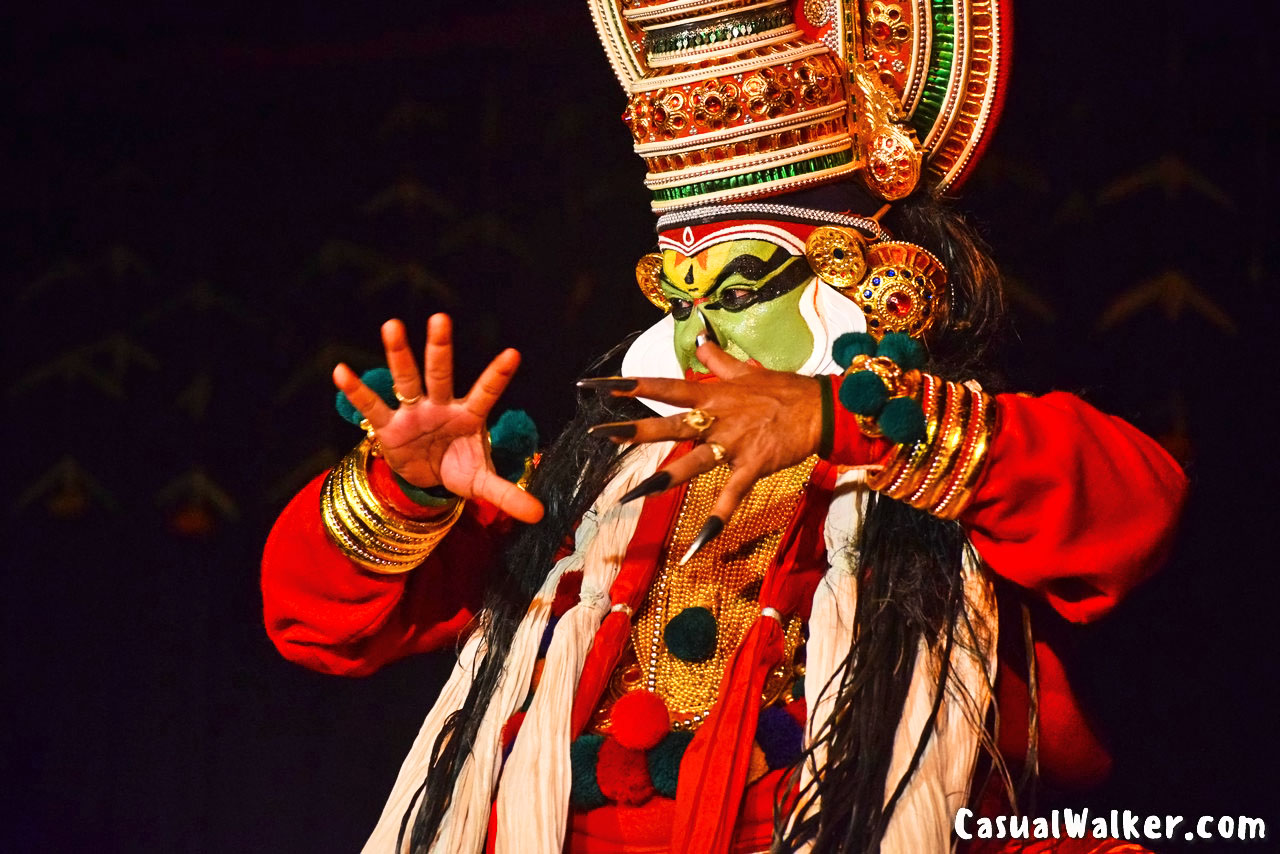
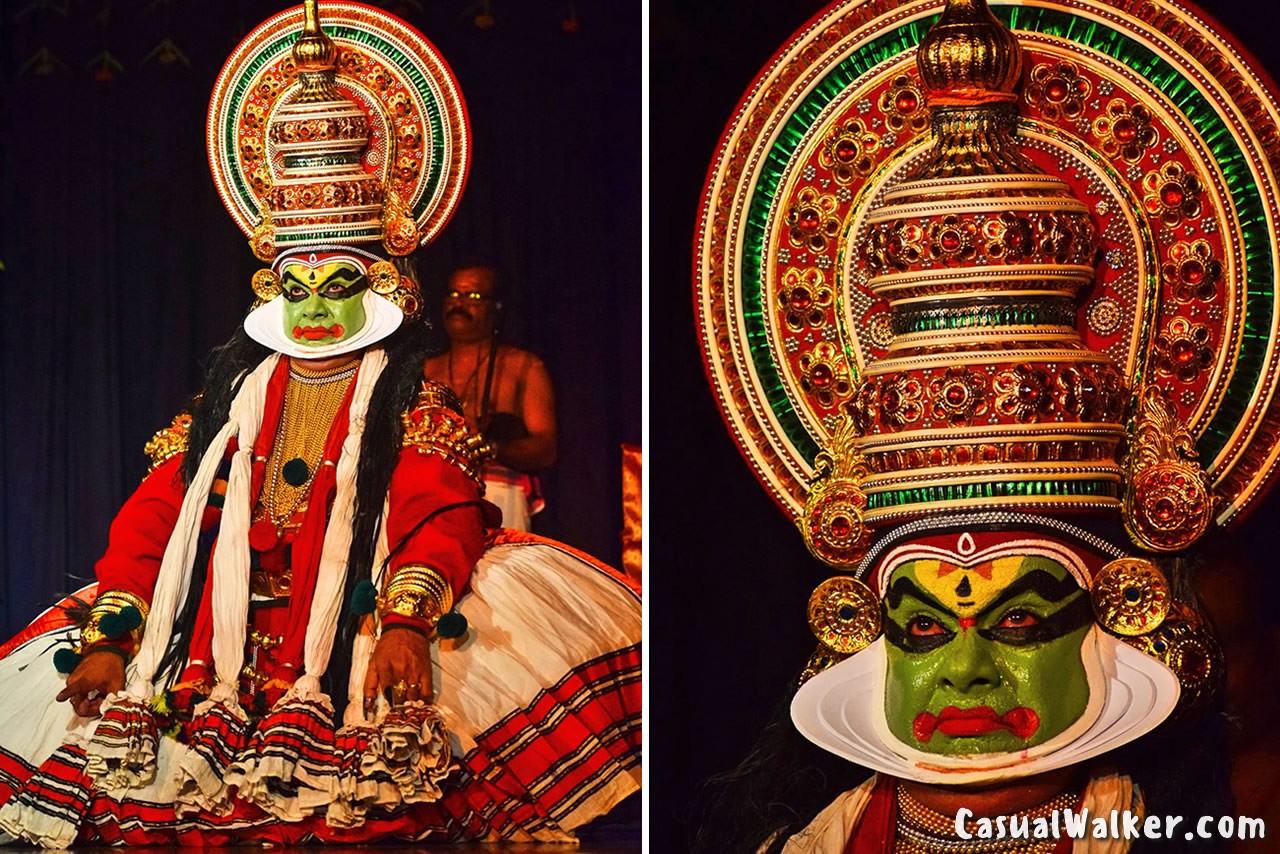
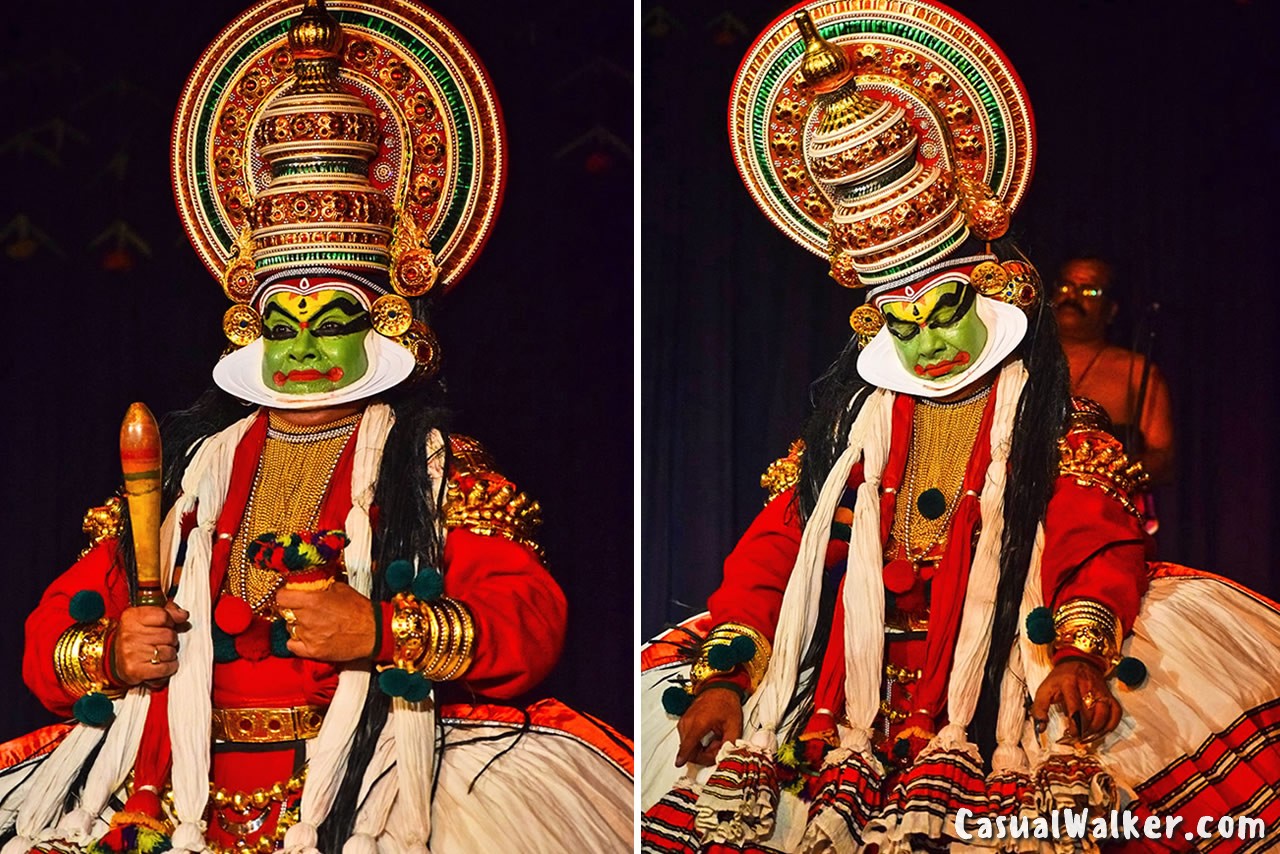
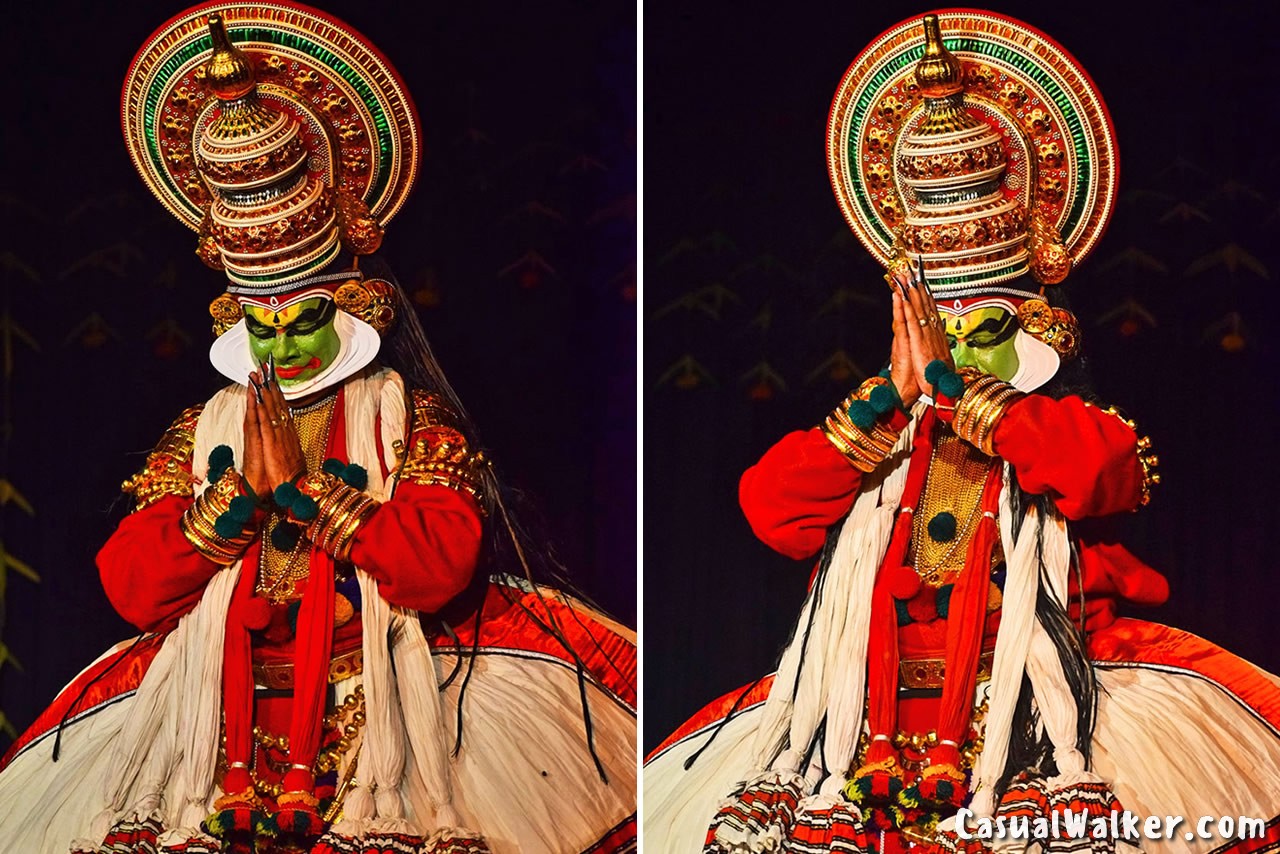
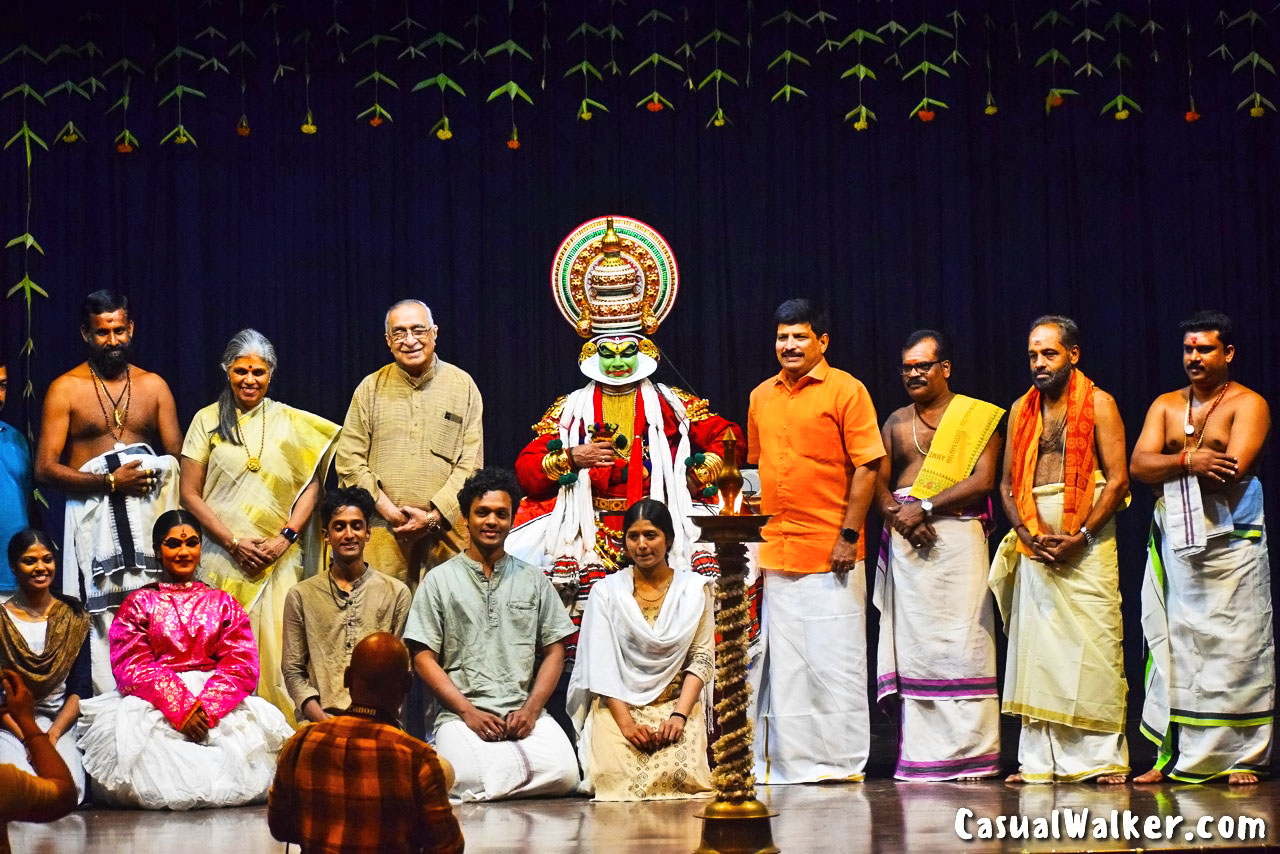
Also, check our Similar Photo Stories on Dance & Culture :
Koothu Kottaai – Grand Folk Arts Show Of Tamil Nadu (Part 1)



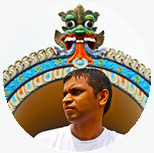












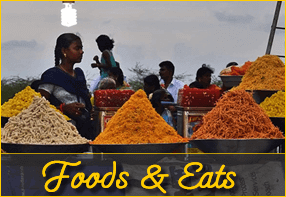
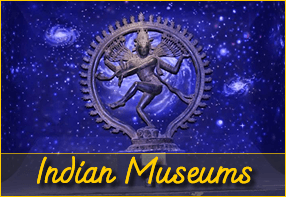


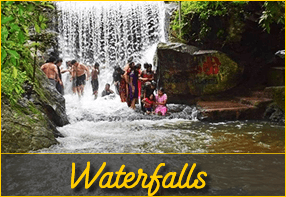

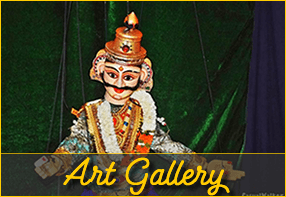
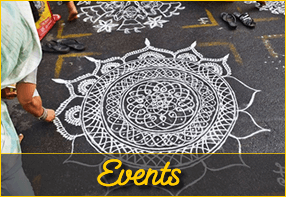


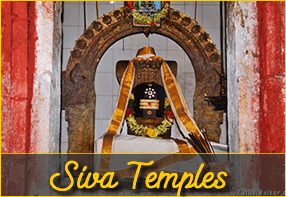
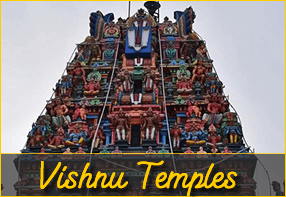

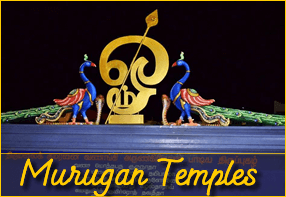
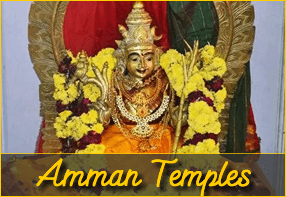
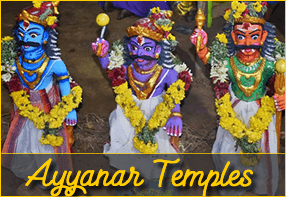



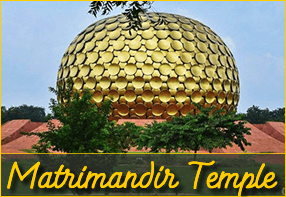
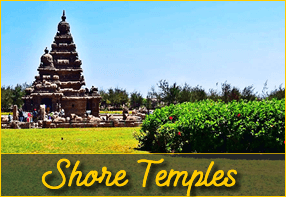

 Related Stories
Related Stories





